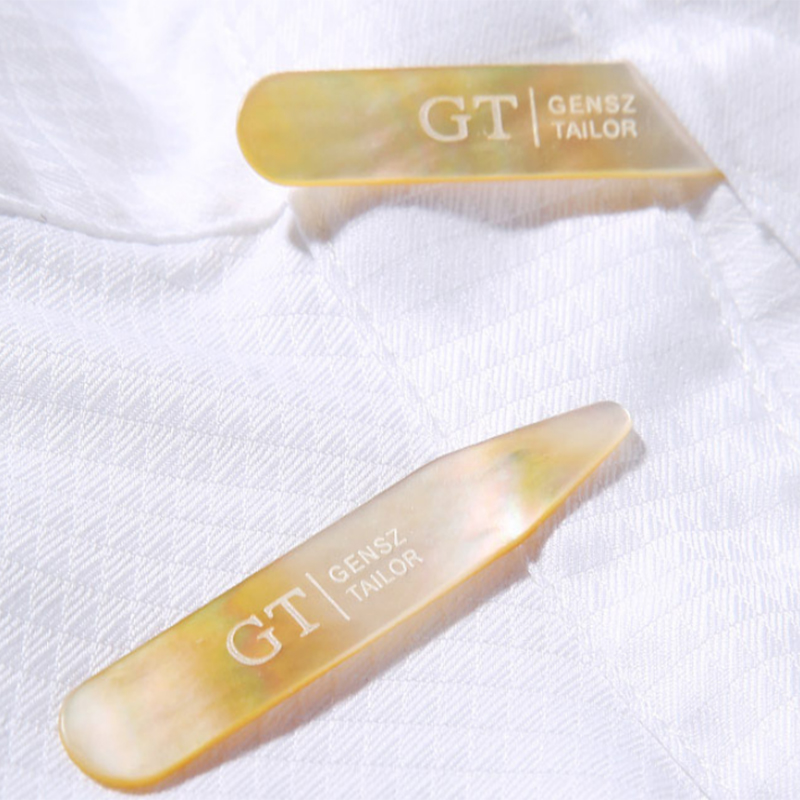How Does Nature Transform Irritants into Beautiful Pearls?
That annoying grain of sand stuck in your shoe is nothing compared to what oysters endure. But unlike us, they transform their irritations into something magnificent.
Pearls form when mollusks like oysters and clams secrete nacre to coat irritants inside their shells. This natural defense mechanism creates the smooth, lustrous gems we treasure over months or years of layering.

While pearl formation is fascinating, many wonder about their rarity and whether common clams can produce them. These questions reveal surprising truths about nature’s jewelry-making process.
Are Natural Pearls Truly Rare Finds in Nature?
You see pearls in jewelry stores everywhere, making you wonder why they’re considered precious. How rare are they really in their natural habitat?
Natural pearls are exceptionally rare – only about 1 in 10,000 wild oysters produces one. Even farmed pearls require perfect conditions, with only 5-10% becoming gem-quality after years of growth.

The rarity of pearls depends on several factors that might surprise you:
Understanding Pearl Rarity Through Numbers
| Pearl Type | Formation Odds | Time Required | Success Rate |
|---|---|---|---|
| Natural pearl | 1 in 10,000 oysters | 2-5 years | Very low |
| Cultured Akoya | 1 in 2 oysters | 1-2 years | 50% become jewelry-grade |
| South Sea pearl | 1 in 3 oysters | 2-4 years | 20% premium quality |
| Freshwater pearl | Nearly all mussels produce | 2-7 years | 80% used commercially |
From my pearl farm visits, I learned:
- Water quality affects nacre thickness
- Temperature changes can kill pearl-producing mollusks
- Only skilled technicians can judge harvest timing
- Perfectly round pearls remain exceptionally rare
Can Ordinary Clams Produce Valuable Pearls Like Oysters Do?
You’re eating clams and wonder – could one contain a hidden treasure? It seems possible, but will it be worth anything?
Clams can produce pearls, but they’re usually irregularly shaped and less valuable than oyster pearls. Freshwater mussels actually create most affordable pearls on the market today.

Clam pearls differ dramatically from classic oyster pearls in several ways:
Clam Pearls vs. Oyster Pearls: Key Differences
Shape Characteristics:
- Clam pearls: Often rice-shaped or flat (baroque)
- Oyster pearls: More frequently round or symmetrical
Pearl Quality Factors:
- Luster: Clam pearls usually less reflective
- Surface: More blemishes common
- Color: Often earth tones rather than classic white
Notable Exceptions:
- Giant clam pearls can be massive (some over 10 pounds)
- Certain freshwater clams produce colorful pearls
- Rare cases of perfectly round clam pearls exist
A pearl dealer once showed me how they grade clam pearls differently – valuing unique shapes and colors that would be flaws in oyster pearls but become artistic features in jewelry designs.
How Many Different Creatures Can Actually Produce Natural Pearls?
Pearls seem synonymous with oysters, but nature’s pearl factories are more diverse than most realize. Which other creatures share this remarkable ability?
Over 100 mollusk species can produce pearls, including clams, mussels, abalone, and even giant clams. Freshwater mussels account for 95% of commercially sold pearls today.

The diversity of pearl-producing creatures reveals fascinating adaptations:
The Unexpected Pearl Producers
Freshwater Mussels:
- Produce most commercial pearls
- Can grow multiple pearls simultaneously
- Create wide color range (white to purple)
Abalone:
- Make "blister pearls" attached to shell interior
- Produce spectacular iridescent colors
- Called "sea opals" for their play-of-color
Giant Clams:
- Create massive porcelain-like pearls
- Some exceed 10 pounds in weight
- Prized by collectors for uniqueness
During a marine biology exhibit, I saw pearls from species I never imagined – even some snails produce tiny pearls! The guide explained how pearl formation represents a universal biological response to irritation across mollusks.
Conclusion
Pearls form through nature’s remarkable transformation of irritants into beauty, with oysters creating the classic gems but many mollusks contributing. While natural pearls remain rare treasures, cultured varieties allow more people to enjoy these organic jewels while preserving wild populations.






